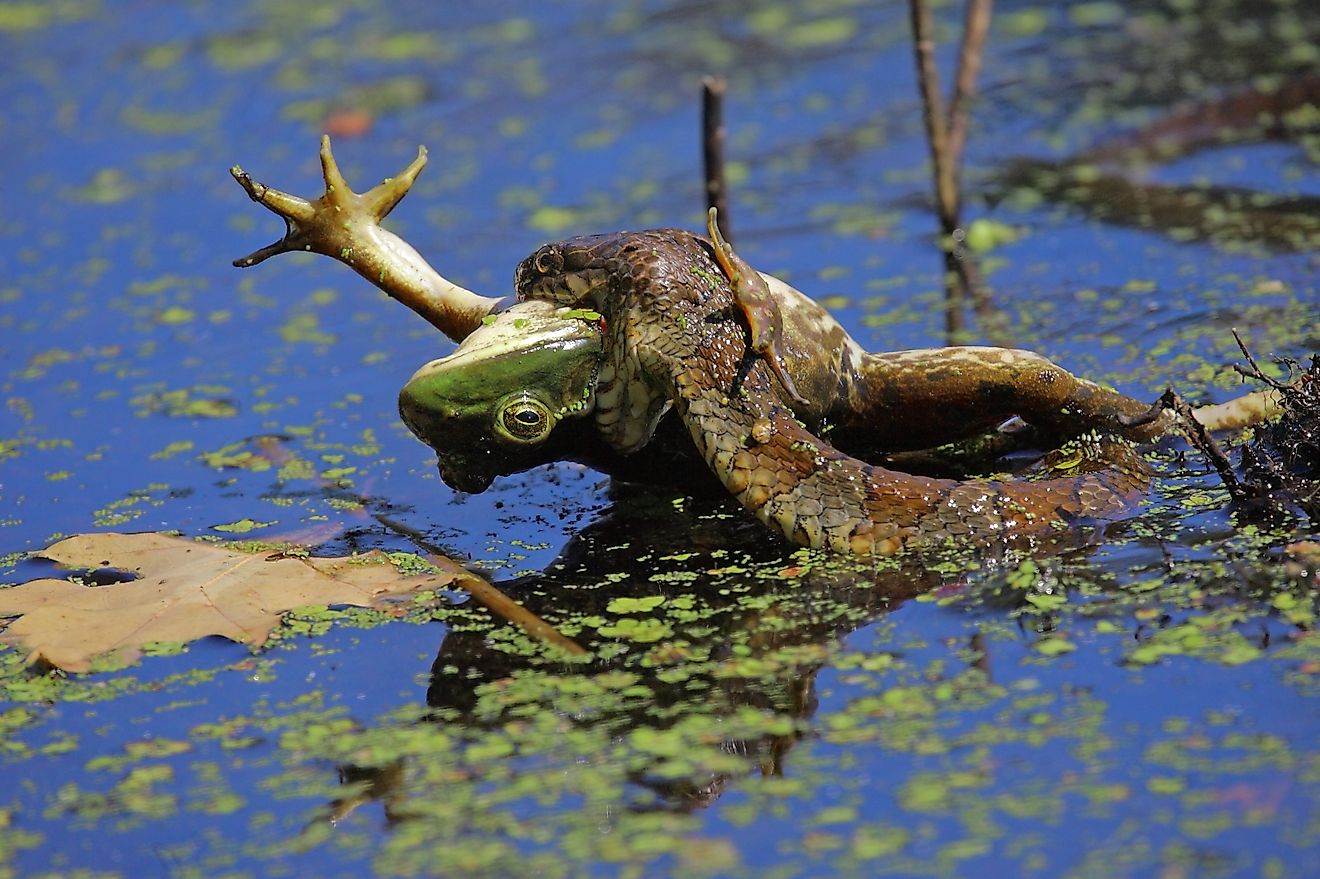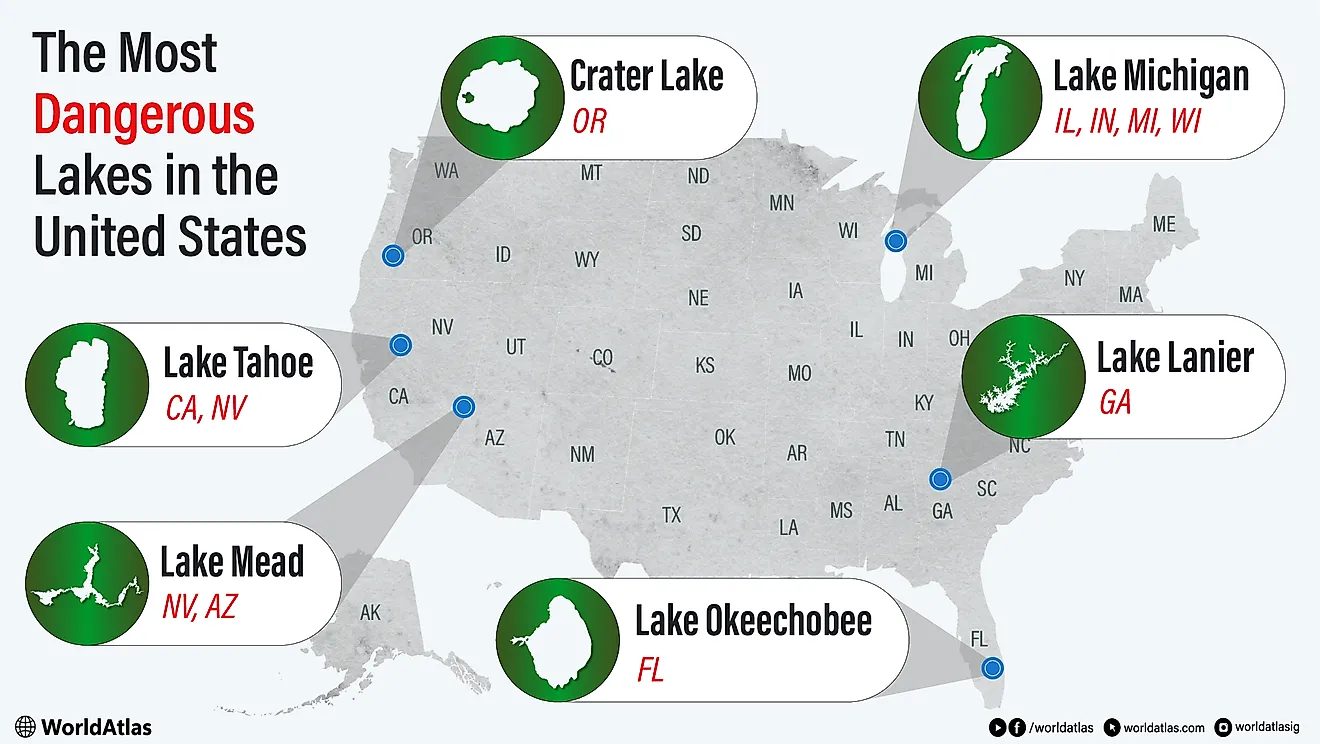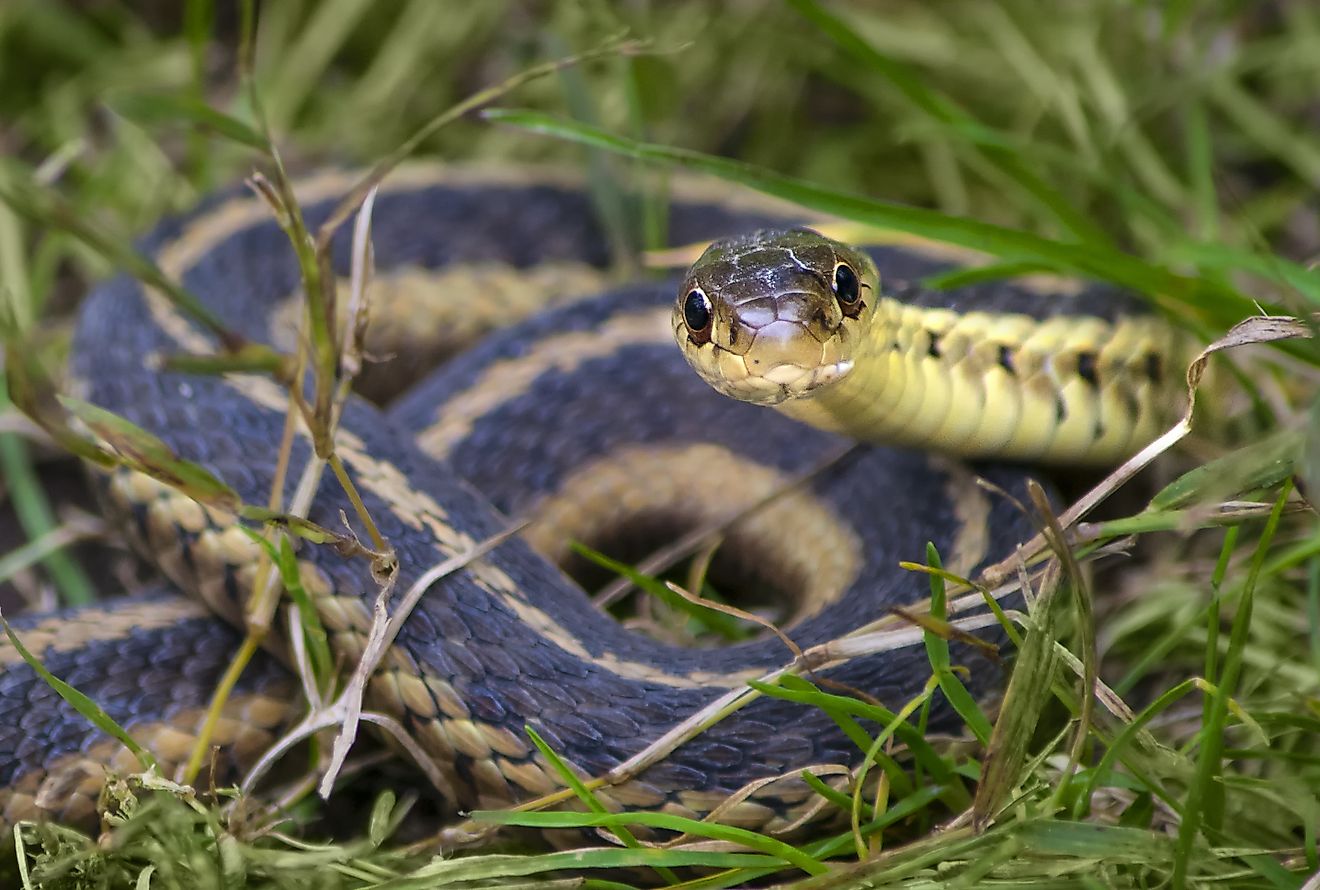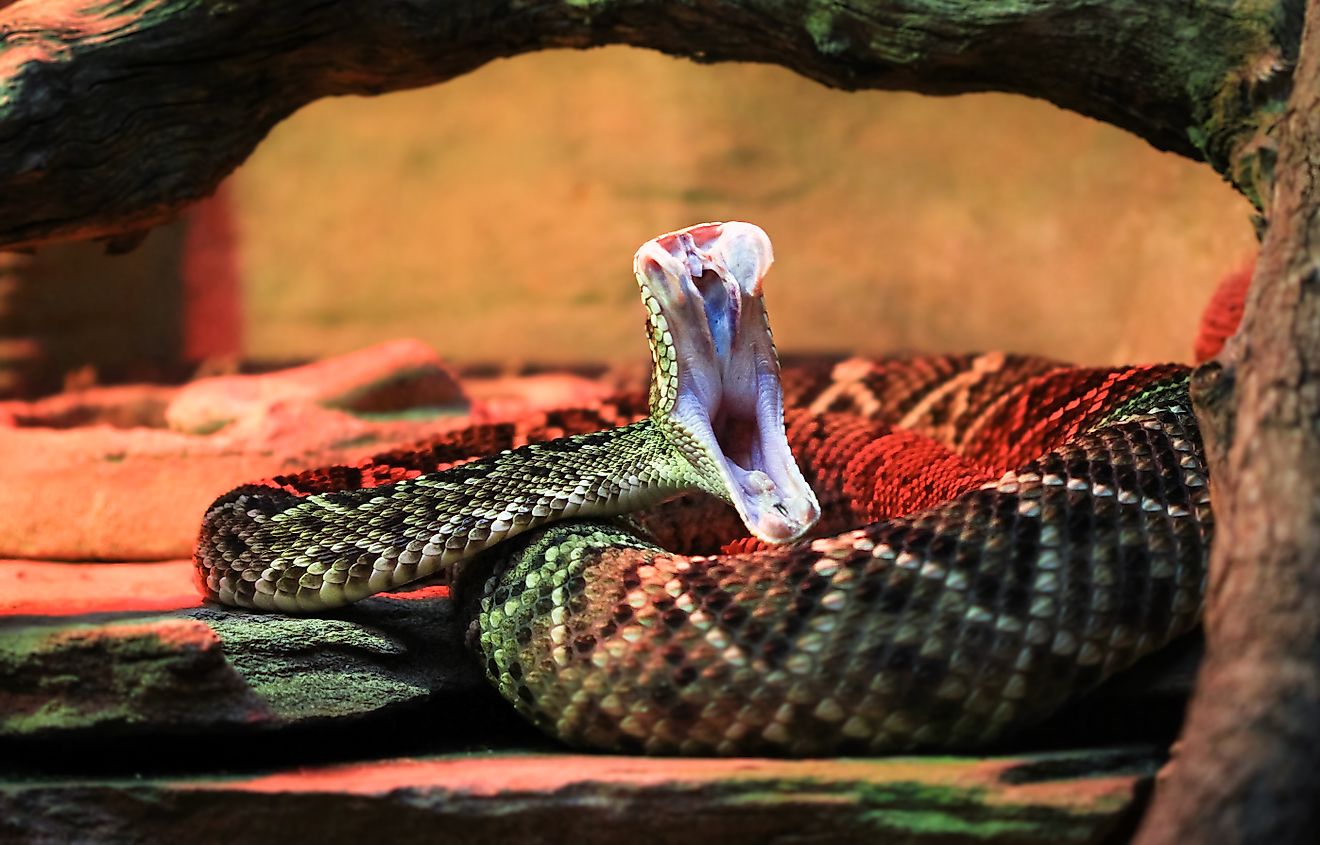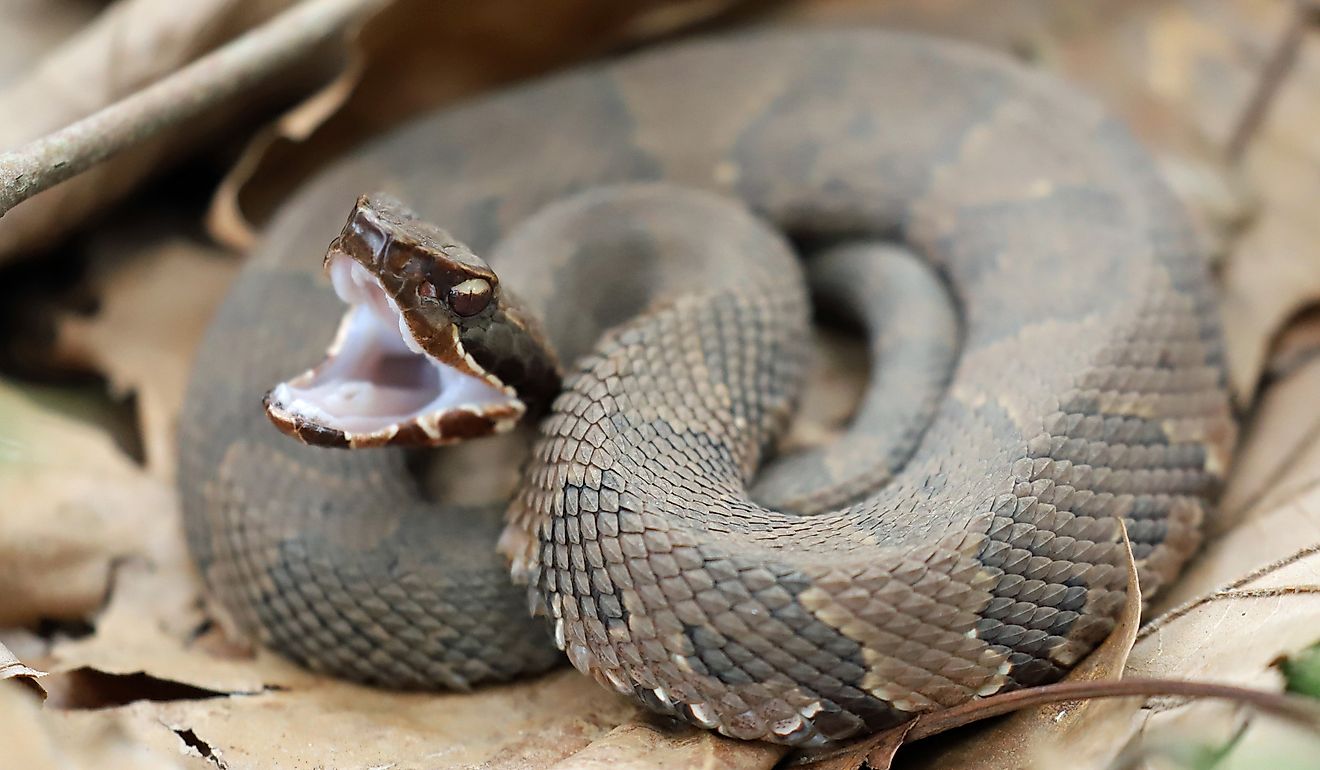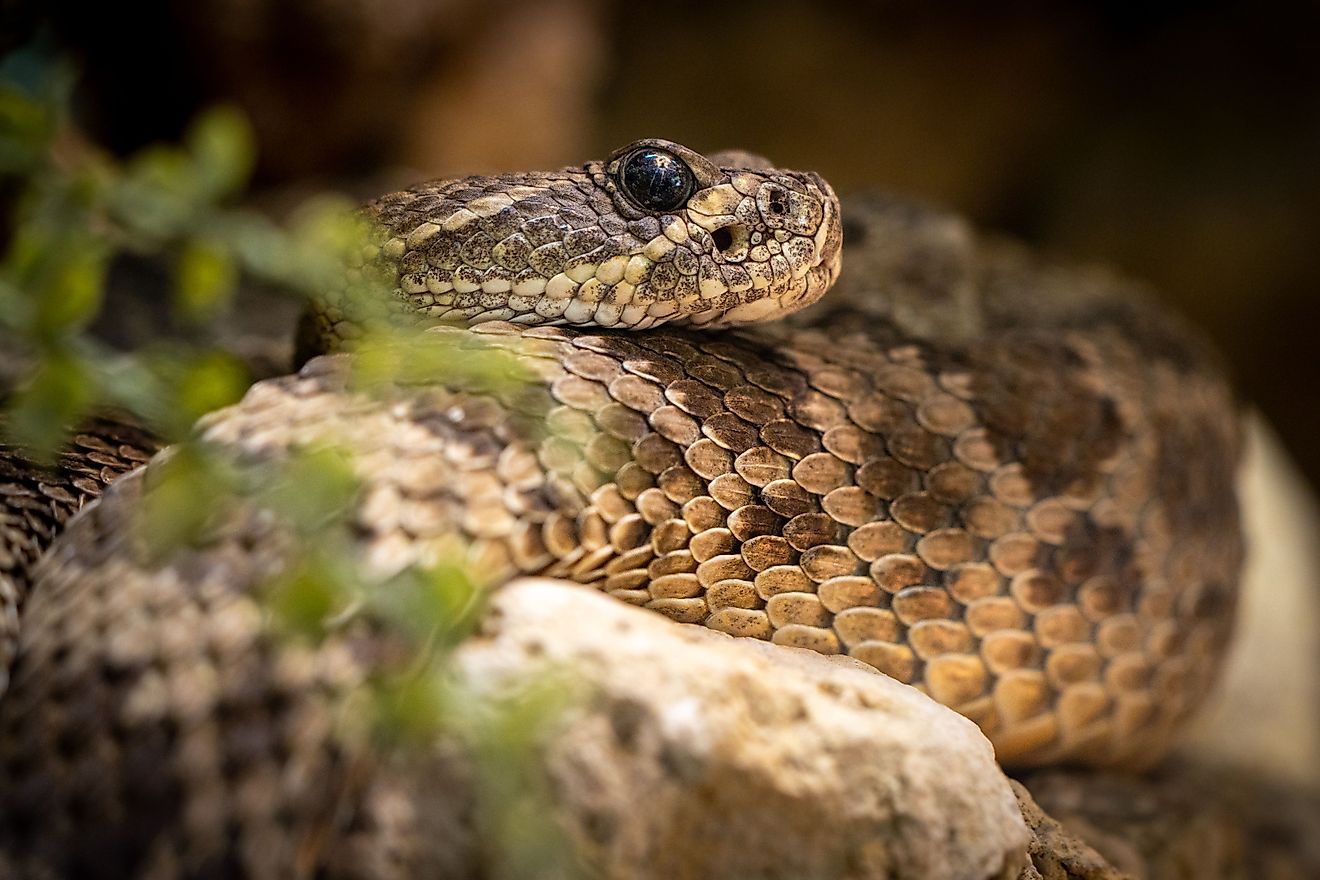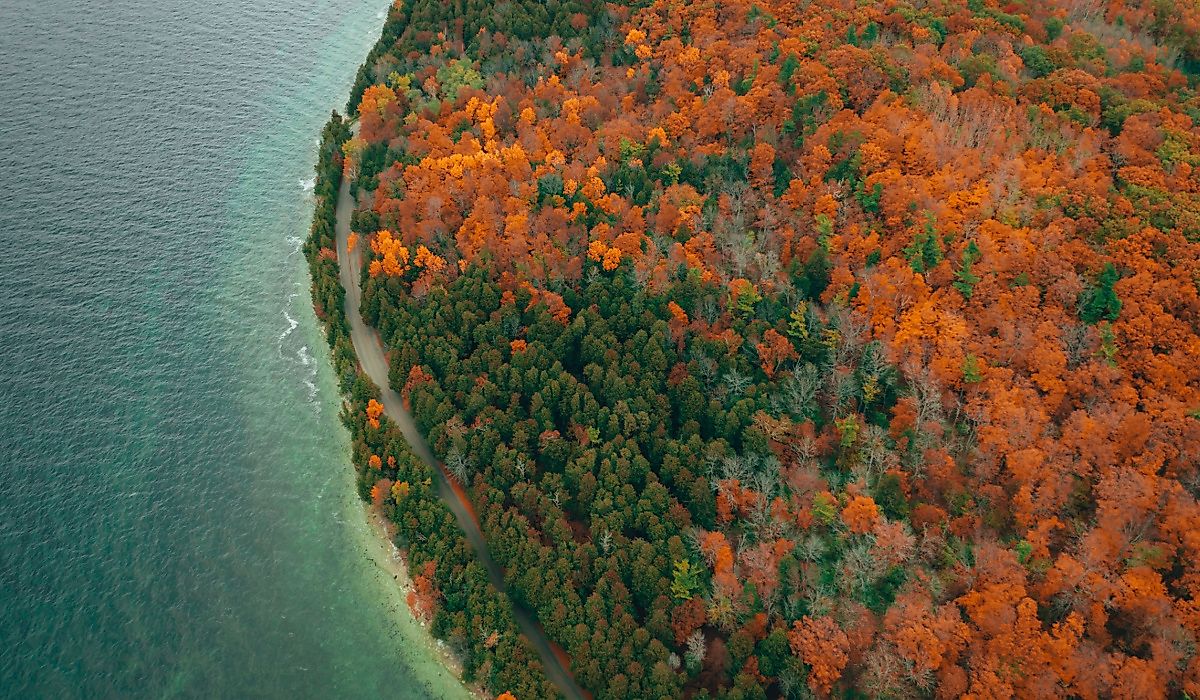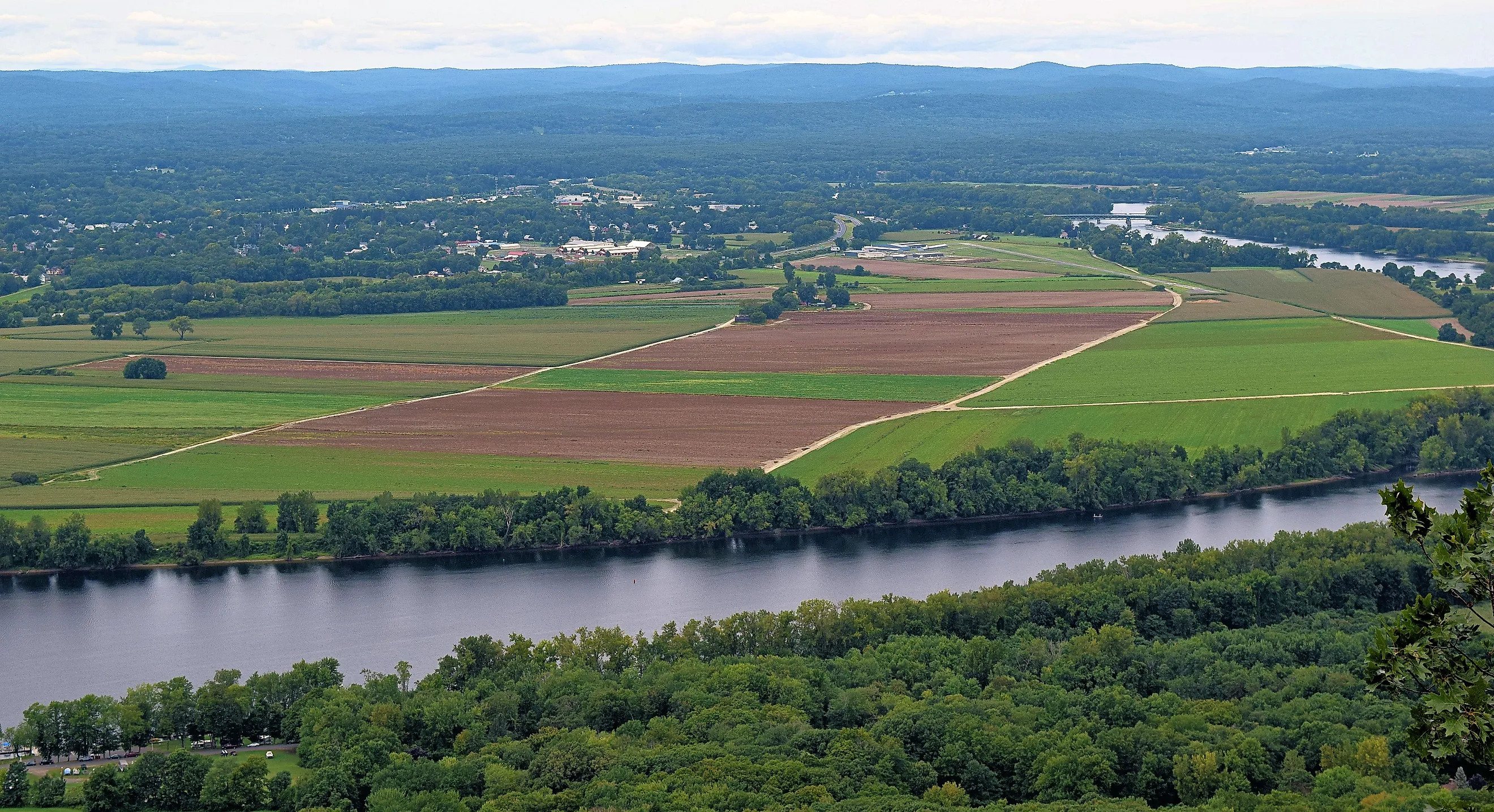
The Most Snake Infested Rivers In Connecticut
Connecticut, a New England state packed with natural wonders, is home to the stony ridges of Sleeping Giant State Park, the pink-hued Thimble Islands, and the glittering cascades of Kent Falls. These are all popular stops for nature-lovers, but if you’re enjoying Connecticut’s many recreational areas, you should also be aware of the state’s resident wildlife.
There are 14 species of snakes native to Connecticut. These include two venomous pit vipers, the Timber Rattlesnake and the Northern Copperhead. While vipers like these may sound intimidating, snakes are generally harmless to humans if left alone. Below, we share a guide to Connecticut’s most snake-infested rivers, along with information on species you may encounter in those areas. Learning how to identify species and understanding their behaviors can help keep humans and snakes safe, allowing both to coexist and enjoy Connecticut’s beautiful landscapes.
Connecticut River
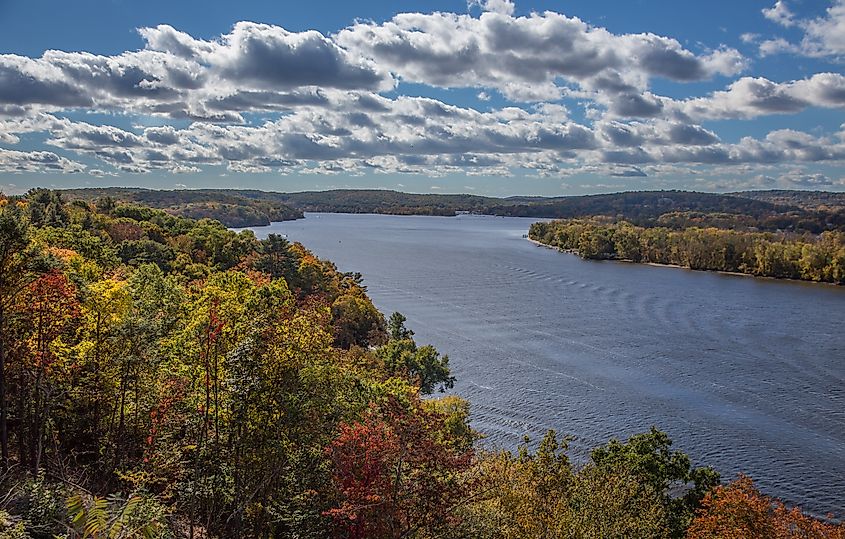
The mighty Connecticut River is the region’s longest at 410 miles, and supports several key habitats throughout its huge watershed. It enters the state from the north, flowing down from the Massachusetts border until it empties into the Long Island Sound. Some of the most popular recreation areas along the river include Selden Neck State Park, which is only accessible by boat, and Gillette Castle State Park. The river is so integral to New England life that it even has its own museum. The Connecticut River Museum is in Essex, a small town near the waterway’s tidal estuary.

One of the most common snakes in and around the river is the Northern Watersnake. Often confused with Copperheads due to the bands around their dark body, this species is non-venomous. However, it can produce a foul odor when feeling threatened. You can tell the two apart by looking for certain clues. Copperheads are rarely found in water and have a triangular-shaped head, whereas the Northern Watersnake is very comfortable in an aquatic environment and has a narrow, elongated head.
Northern Watersnakes can be curious but will try to escape if they feel threatened. They swim with their heads above water and are often found hanging out on the banks of rivers, soaking up the sun by the shore. They typically hibernate between October and April, making their dens in crevices, old wells, beaver lodges, and similar dark hiding spots where they can hunker down undisturbed.
Housatonic River
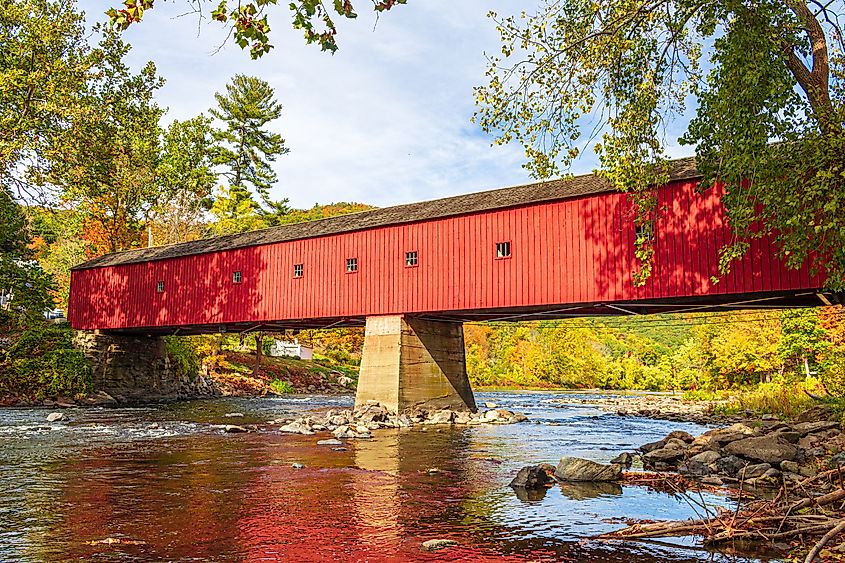
Flowing through Massachusetts and Connecticut, the 149-mile Housatonic River is rich in wildlife. It is home to numerous fish species, including stocked Northern Pike, Walleye, and Tiger Musky, and Largemouth and Smallmouth Bass. The river also supports several endangered and threatened species of butterflies, turtles, and birds.
To picnic, paddle, or take a walk by the water, visit Housatonic Meadows State Park, which covers a two-mile stretch of the river and offers camping, fishing, hiking, and boating in the picturesque surroundings of the river valley. Another popular destination is Lake Zoar, a 10-mile-long reservoir on the river created in 1919. Locals and visitors come to swim here during the summer months and enjoy the hiking paths and bike trails throughout the year.

While walking the trails, keep an eye out for snakes. The river region is home to many reptile species, including the Northern Watersnake, the Eastern Ratsnake, the Eastern Milksnake, the Eastern Hog-nosed Snake, and the Eastern Ribbonsnake. You may also spy a Timber Rattlesnake. This endangered species has a limited range in Connecticut but has been sighted in the Housatonic River Valley. Their preferred habitat is rocky, forested areas near water, where there are numerous places for them to hide and nest. You might hear a rattlesnake before you see it, as it shakes its tail to produce a warning sound. If that happens, stay still and try to locate the snake. Move away from the area slowly, giving it plenty of space. Never approach or attempt to move a snake.
Thames River

Named after the iconic London waterway, the Thames River is a tidal estuary that begins where the Shetucket and Yantic Rivers meet at Norwich Harbor and flows into the Long Island Sound. Snake species found in the Thames watershed areas include the Northern Watersnake, the Eastern Ribbonsnake, and the Common Gartersnake.
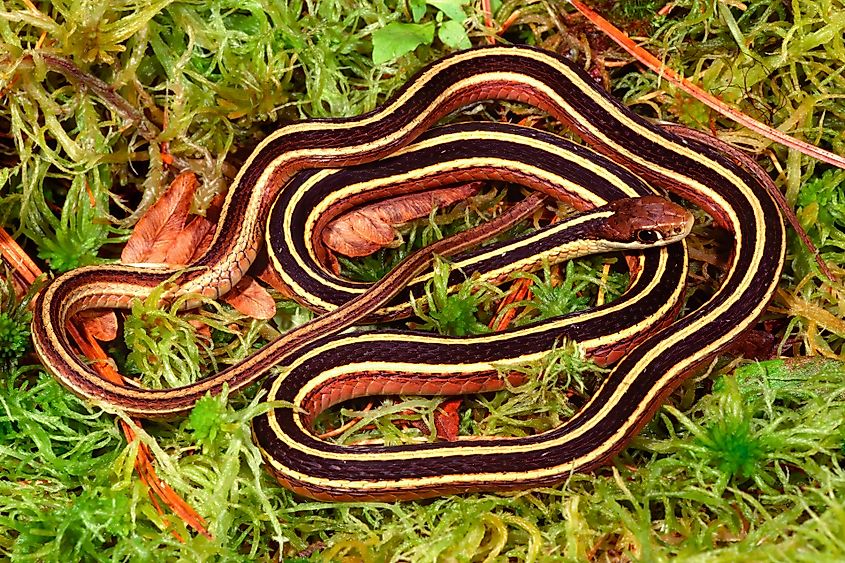
As its name suggests, the Common Gartersnake is plentiful in and around Connecticut’s rivers. They’re a striking sight, with three light-colored vertical stripes down their dark body and dark blotches between the stripes. They’re highly adaptable and can be found in a number of habitats, including streams and river banks. When the sun’s out, you may catch sight of them basking on rocks or logs by the water. Gartersnakes are harmless and very shy. They will do their best to escape humans and make a quick exit, so don’t worry if you see one; allow it space to move away safely.
Stay Safe, Stay Aware
There’s nothing to fear from Connecticut’s snakes. In fact, these fascinating reptiles play a crucial role in their local ecosystems, helping to control pests and support biodiversity. If you do see a snake while enjoying the state’s many beautiful river recreation areas, don’t panic. It’s most likely not venomous, and even if it is a Copperhead or a Rattlesnake, it doesn’t want a confrontation with you either. When hiking or camping, check your surroundings. Be aware that snakes may be lurking under logs or leaves, or tucked away in dark crevices. Stay on paths, keep pets and children from wandering, and look before you step. Those basic rules will keep you and Connecticut’s snakes safe while you can get back to exploring the timeless natural beauty of New England.


